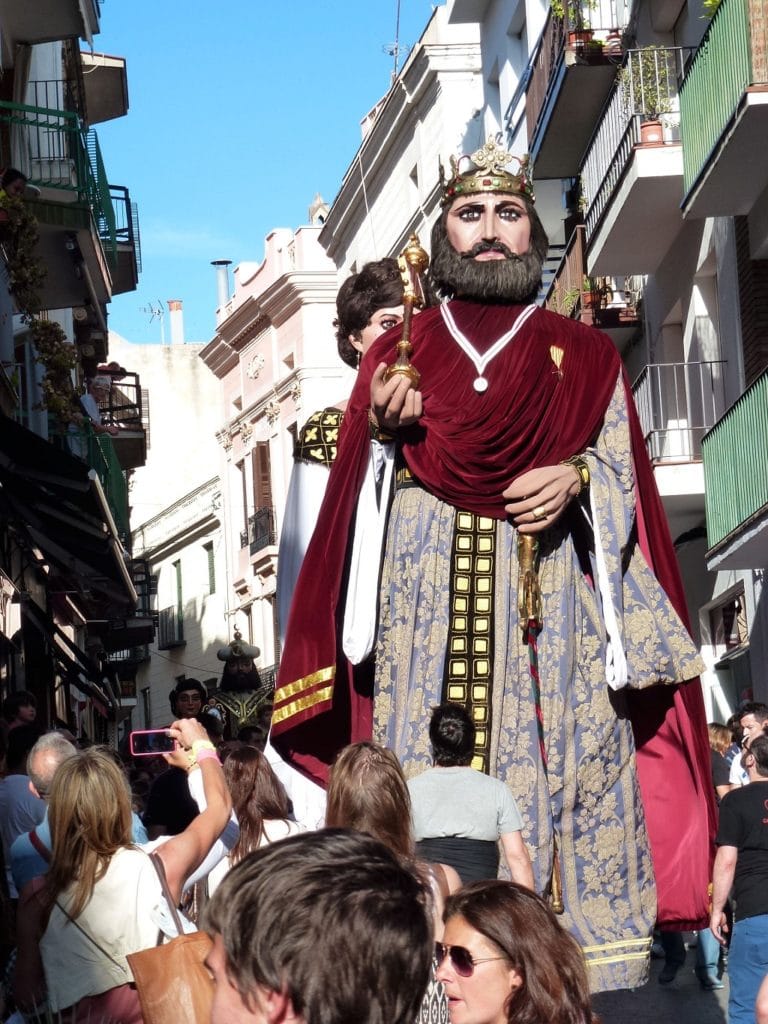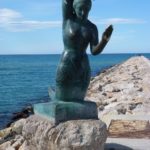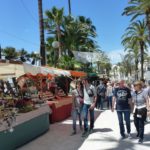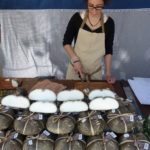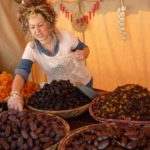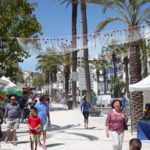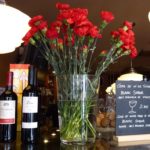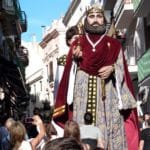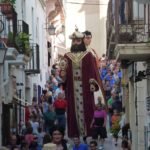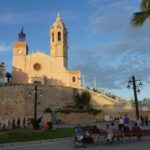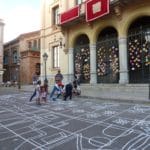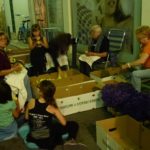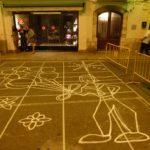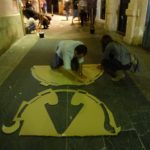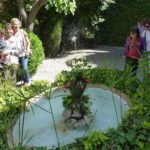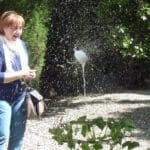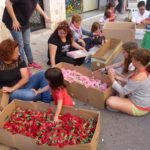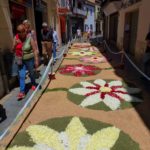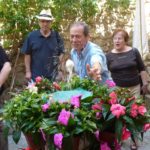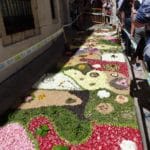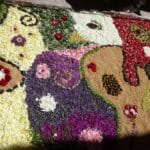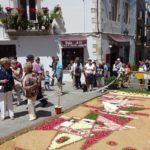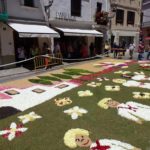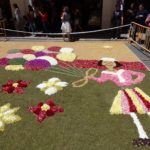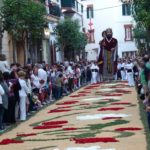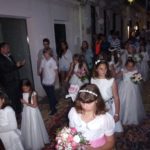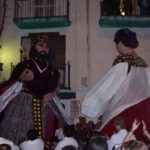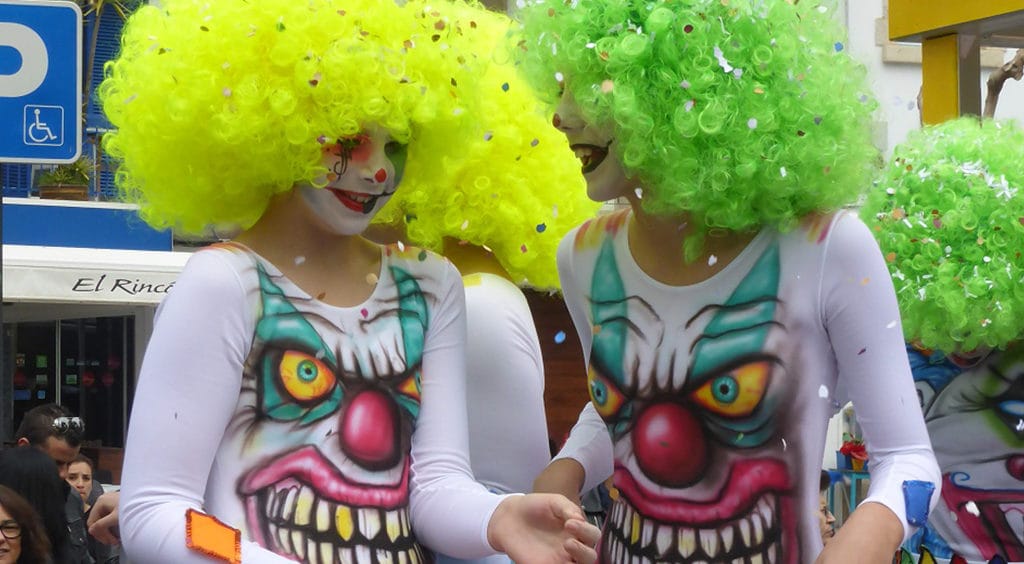The Feast of Corpus Christi in Sitges, Corpus Christi en Sitges
The Feast of Corpus Christi in Sitges includes various traditional elements: floral carpets in the streets (I helped to make one of them), carnation exhibition, giant puppets and dancing eggs. The restaurants offer a flower menu that looks like an avant-garde artwork.
Sitges is a small, charming town in the autonomous community Catalonia, 30 km south of Barcelona. In the sixties, it was the epicentre of Spain’s counterculture movement, it became famous as the residence of artists, weirdos and later also of the gay community. Shallow beaches, rich nightlife, luxury boutiques and a number of local festivals attract more and more visitors, hotels spring up like mushrooms after rain and their prices keep rising. However, those in the center are low-rise, each in a different style or a pastel color, with white ornaments or round balconies, and thanks to this diversity, the cosmopolitan Sitges still preserves a cozy, bohemian atmosphere.




